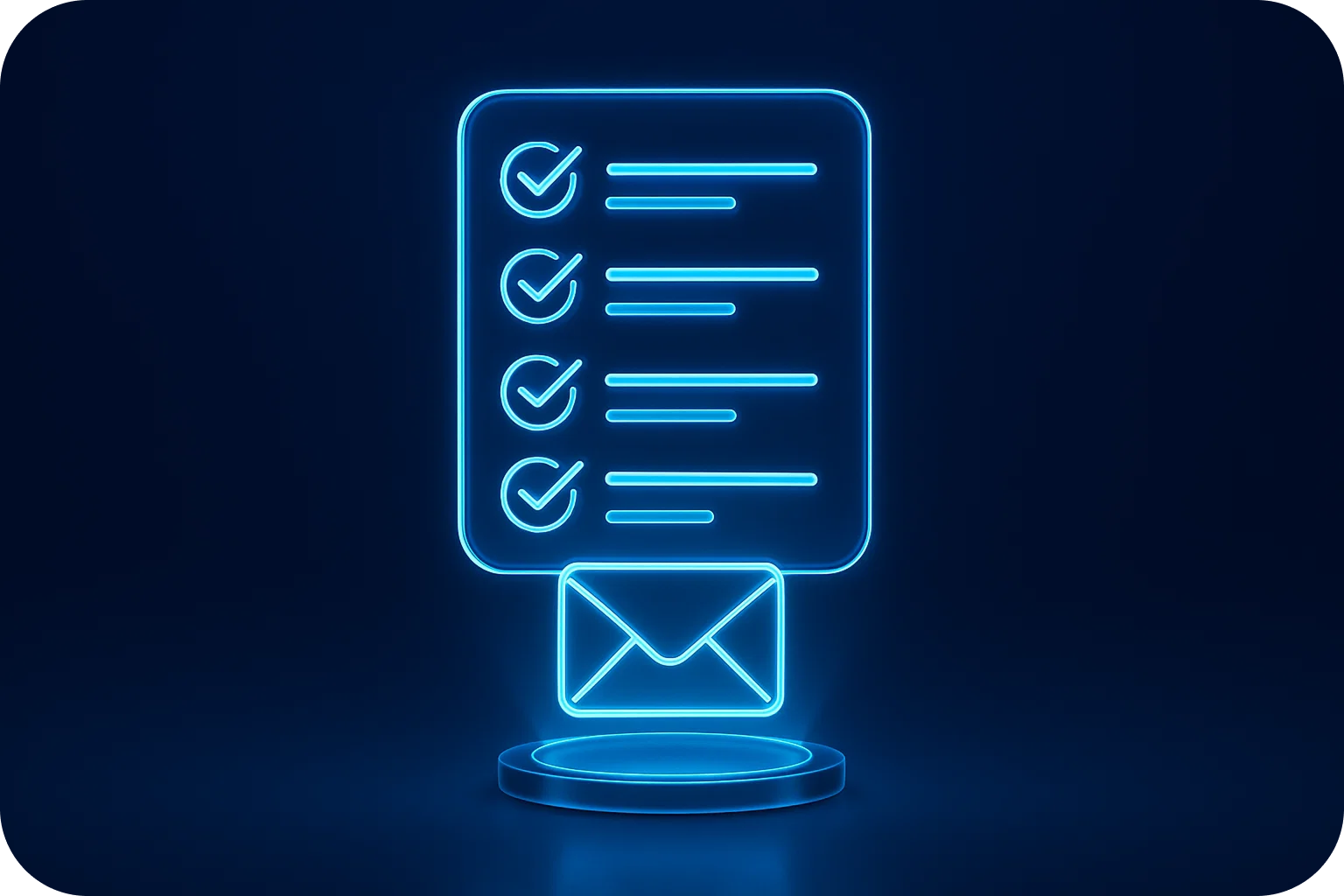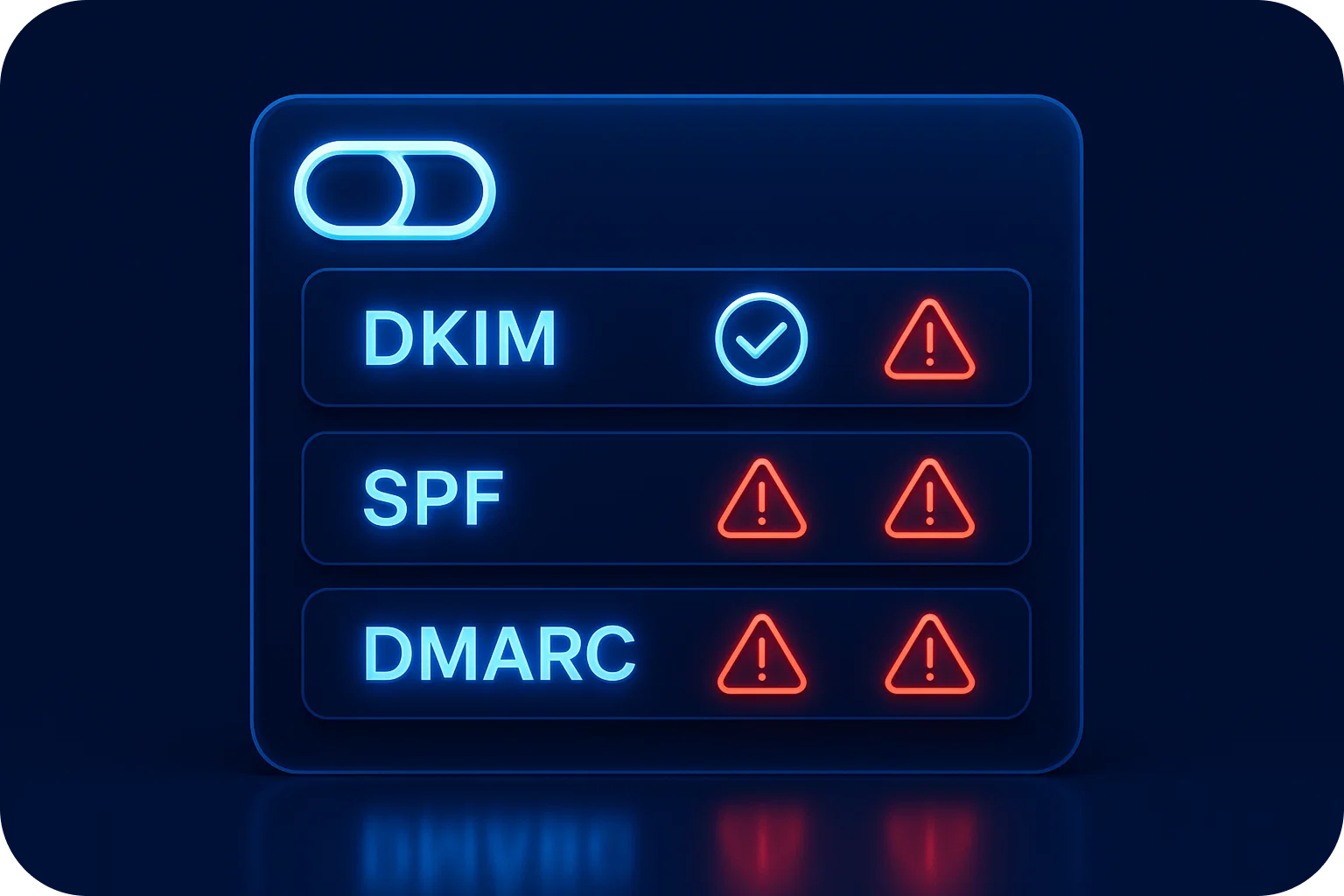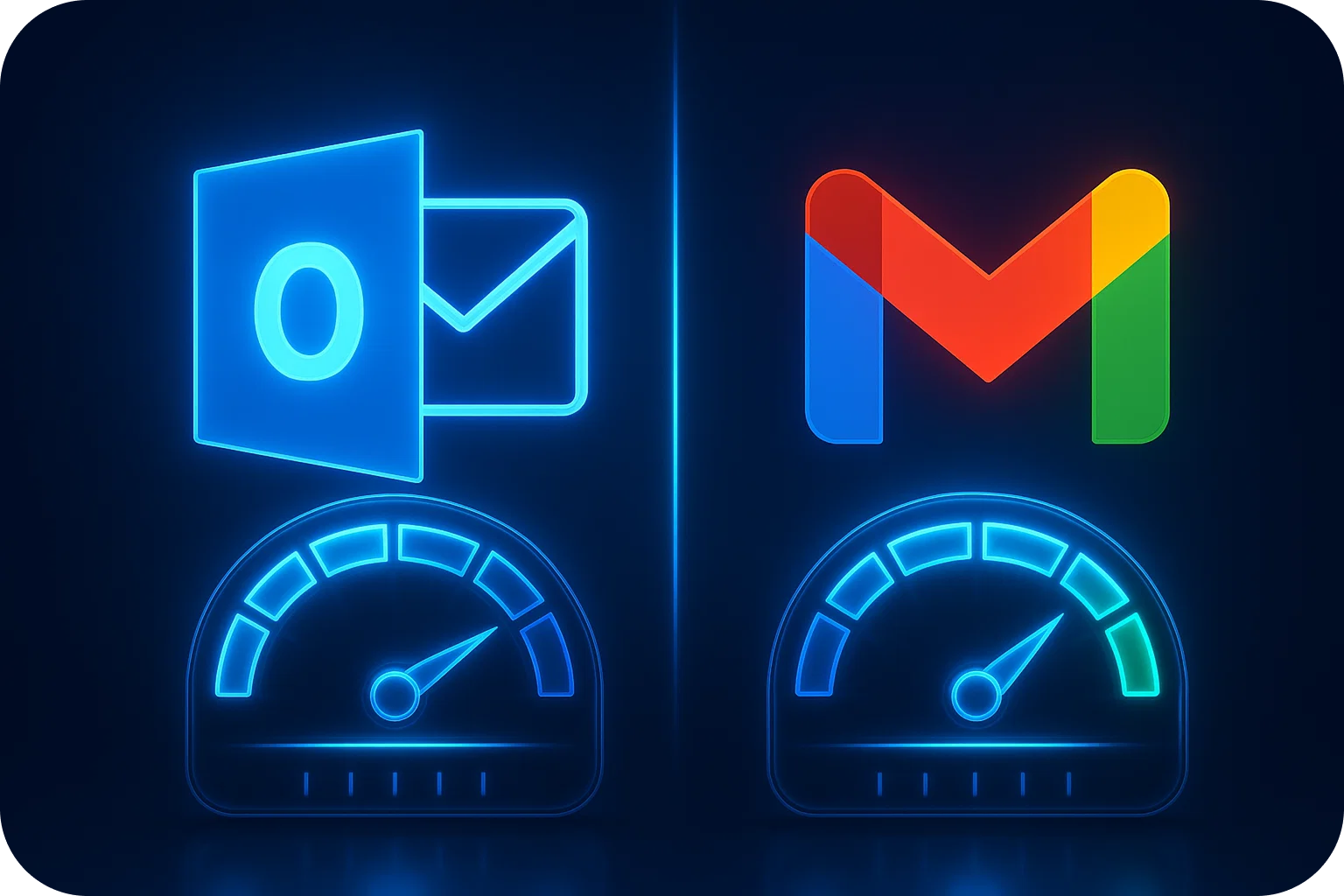Multi-Domain Strategy Explained: Why Top Performers Use 10+ Domains for Cold Email

When scaling cold email outreach, one of the most critical decisions you'll make is how many sender domains to use. While beginners often start with a single domain, top-performing teams routinely manage 10, 20, or even 50+ domains as part of their email infrastructure.
This isn't about gaming the system; it's about building a sustainable, scalable cold email operation that protects your brand while maximizing deliverability.
Why Single-Domain Sending Doesn't Scale
Using your primary business domain for cold outreach creates several risks that become more pronounced as you scale:
Brand Reputation Risk: If your cold email campaigns trigger spam complaints or deliverability issues, your main domain's reputation suffers. This affects all email communication, transactional emails, customer support, and internal correspondence.
Volume Limitations: Email providers like Gmail and Outlook impose daily sending limits. A single domain can typically handle 20-50 emails per inbox per day safely. When you need to send thousands of emails weekly, one domain simply can't support that volume without triggering spam filters.
Recovery Challenges: If a single sender domain gets flagged or blacklisted, your entire outreach operation stops. Recovery can take weeks or months, during which your pipeline dries up completely.
The Multi-Domain Advantage
A multi-domain strategy distributes your sending volume across multiple domains, creating a robust email infrastructure that scales with your business needs.
Volume Distribution
Instead of overwhelming one domain with high sending volumes, you spread the load. If you're sending 1,000 emails daily and maintain 3 inboxes per domain sending 20 emails each, you'd need approximately 17 domains to handle that volume safely.
This distribution keeps each sender domain within safe sending limits, maintaining strong deliverability rates across your entire operation.
Risk Mitigation
With multiple domains in your portfolio, a deliverability issue on one domain doesn't halt your entire operation. You can pause the affected domain, investigate the issue, and continue sending from your other domains without disruption.
This redundancy is essential for businesses that depend on consistent outreach for revenue generation.
Segmentation Opportunities
Different domains allow you to segment your outreach by:
- Campaign type (introductory vs. follow-up sequences)
- Target audience (enterprise vs. SMB prospects)
- Product line (different offerings for different markets)
- Geographic region (US, Europe, Asia-Pacific)
This segmentation improves tracking, allows for A/B testing at scale, and helps you identify which approaches work best for specific audiences.
How Many Domains Do You Actually Need?
The number of domains you need depends on your sending volume and growth trajectory.
Calculating Your Domain Requirements
Start with this formula:
Domains Needed = (Daily Email Volume) ÷ (Inboxes per Domain × Emails per Inbox per Day)
Example: If you're sending 500 emails daily with 3 inboxes per domain and 20 emails per inbox:
500 ÷ (3 × 20) = 8.3 domains (round up to 9-10 for buffer)
Recommended Ratios
- 3-5 inboxes per domain: This ratio maintains strong sender reputation while providing sufficient sending capacity
- 20 emails per inbox per day: Conservative limit that keeps you well within provider guidelines (max 100/day)
- Buffer capacity: Always maintain 20-30% extra capacity for testing, warm-up, and unexpected volume spikes
Structuring Your Domain Portfolio
Effective multi-domain strategies require thoughtful structure and naming conventions.
Domain Naming Best Practices
Your sender domains should be related to your brand but clearly distinct from your primary domain:
- Primary domain: mailpool.ai
- Sender domains: mailpool-outreach.com, getmailpool.io, trymailpool.co
Avoid obvious patterns like mailpool1.com, mailpool2.com, which appear automated and can trigger spam filters.
Domain Variations to Consider
- Different TLDs: .com, .io, .co, .net
- Prefix variations: get-, try-, hello-, connect-
- Suffix variations: -outreach, -connect, -team, -sales
Each domain should be professionally set up with proper DNS records, including SPF, DKIM, and DMARC configurations.
Implementation Timeline
Rolling out a multi-domain strategy requires patience and proper warm-up procedures.
Phase 1: Foundation (Weeks 1-2)
- Purchase and configure your initial domain set (start with 5-10 domains)
- Set up DNS records for all domains
- Create email accounts (3-5 per domain)
- Begin warm-up process for all inboxes simultaneously
Phase 2: Warm-Up (Weeks 3-6)
- Gradually increase the sending volume from each inbox
- Start with 5-10 emails per day, increasing by 5 emails weekly
- Monitor deliverability metrics closely
- Adjust warm-up speed based on inbox placement rates
Phase 3: Scale (Week 7+)
- Reach full sending capacity (20 emails per inbox per day)
- Launch full campaigns across your domain portfolio
- Monitor performance and add domains as needed
- Maintain ongoing warm-up for new domains
Managing Multiple Domains Effectively
Operating 10+ domains requires systems and tools to maintain efficiency.
Essential Infrastructure
Centralized Management Platform: Use an email infrastructure platform like Mailpool.ai to manage all domains, inboxes, and DNS configurations from one dashboard. Manual management becomes impractical beyond 5-10 domains.
Automated Monitoring: Track deliverability metrics, bounce rates, and spam complaints across all domains in real-time. Set up alerts for unusual activity that might indicate deliverability issues.
Rotation Logic: Implement smart sending rotation that distributes volume evenly across domains and prevents any single domain from being overused.
Ongoing Maintenance
- Weekly deliverability audits: Review inbox placement rates for each domain
- Monthly domain health checks: Verify DNS records remain properly configured
- Quarterly portfolio review: Retire underperforming domains and add new ones as needed
- Continuous warm-up: Always have new domains warming up to replace retired ones
When to Add More Domains
Your domain portfolio should grow with your business. Add more domains when:
- Increasing sending volume: You're consistently hitting 80%+ capacity across existing domains
- Expanding to new markets: Launching outreach in new geographic regions or industries
- Diversifying campaigns: Running multiple simultaneous campaigns with different messaging
- Replacing retired domains: Rotating out domains that have declined in performance
Common Mistakes to Avoid
Rushing the warm-up process: Sending too much too soon from new domains destroys sender reputation before you've established it.
Neglecting DNS configuration: Improperly configured SPF, DKIM, or DMARC records cause immediate deliverability problems.
Using obvious naming patterns: Domains like company1.com, company2.com appear spammy and reduce trust.
Insufficient monitoring: Without proper tracking, you won't know which domains are performing well and which need attention.
Over-concentration: Sending too much from too few domains defeats the purpose of distribution.
The Bottom Line
A multi-domain strategy isn't optional for serious cold email operations, it's essential infrastructure for sustainable growth. Top performers use 10+ domains because it allows them to scale sending volume while maintaining the deliverability rates that drive results.
Start with a foundation of 5-10 domains, implement proper warm-up procedures, and scale your portfolio as your sending volume grows. With the right email infrastructure platform, managing multiple domains becomes straightforward rather than overwhelming.
The investment in multiple sender domains pays for itself many times over through improved deliverability, reduced risk, and the ability to scale your outreach without compromising your brand reputation.
Ready to implement a multi-domain strategy for your cold email operation? Mailpool provides complete email infrastructure management, handling domain setup, DNS configuration, and deliverability monitoring across unlimited domains, all from one centralized platform.
More articles
Get started now




%201.png)





